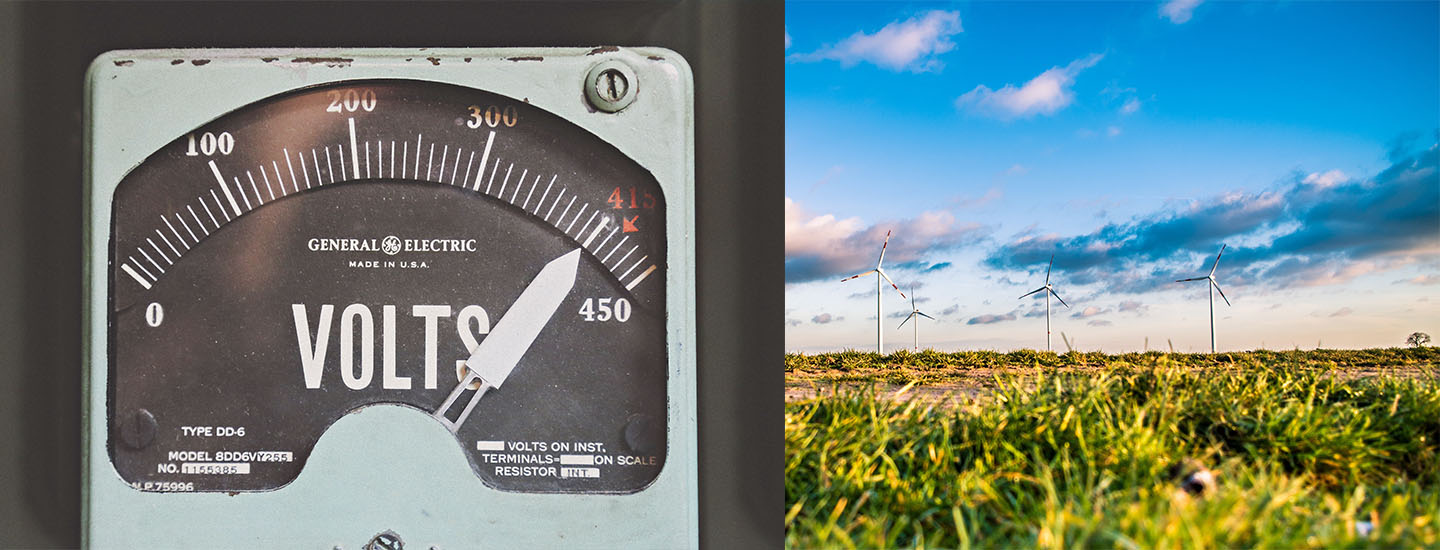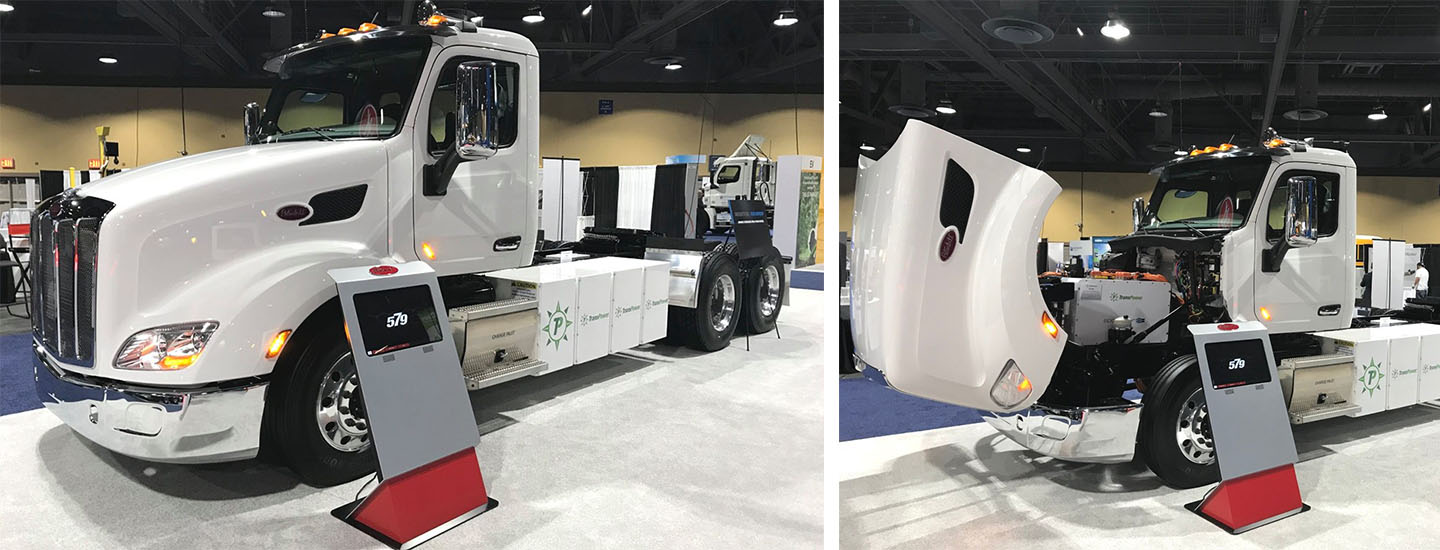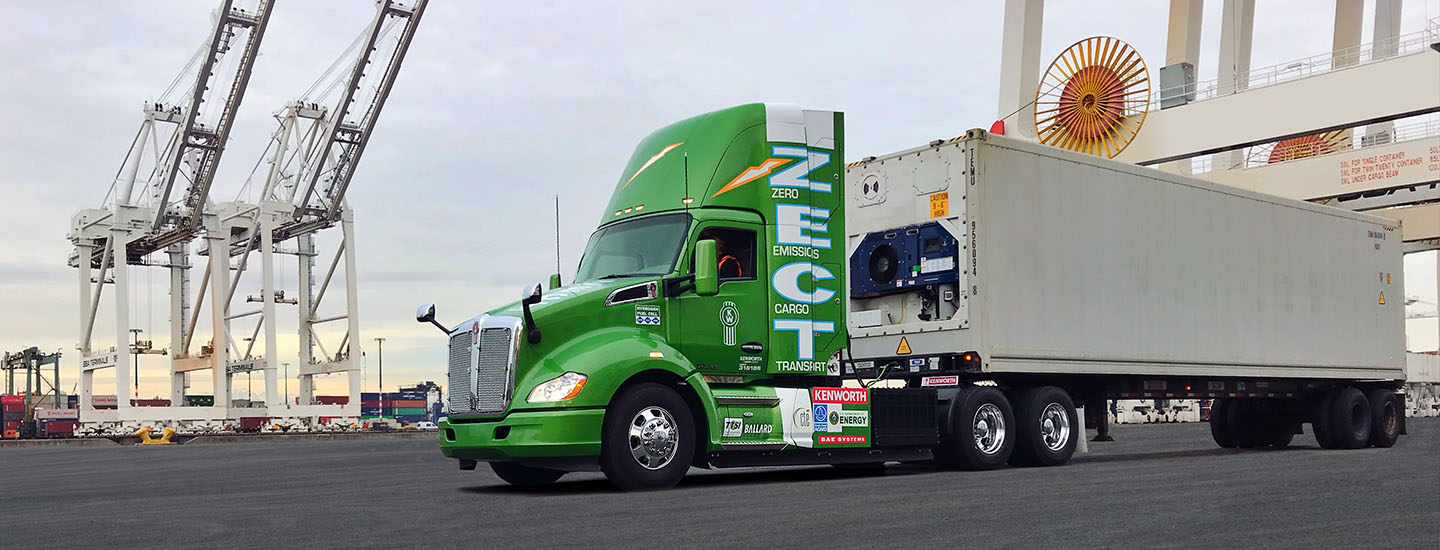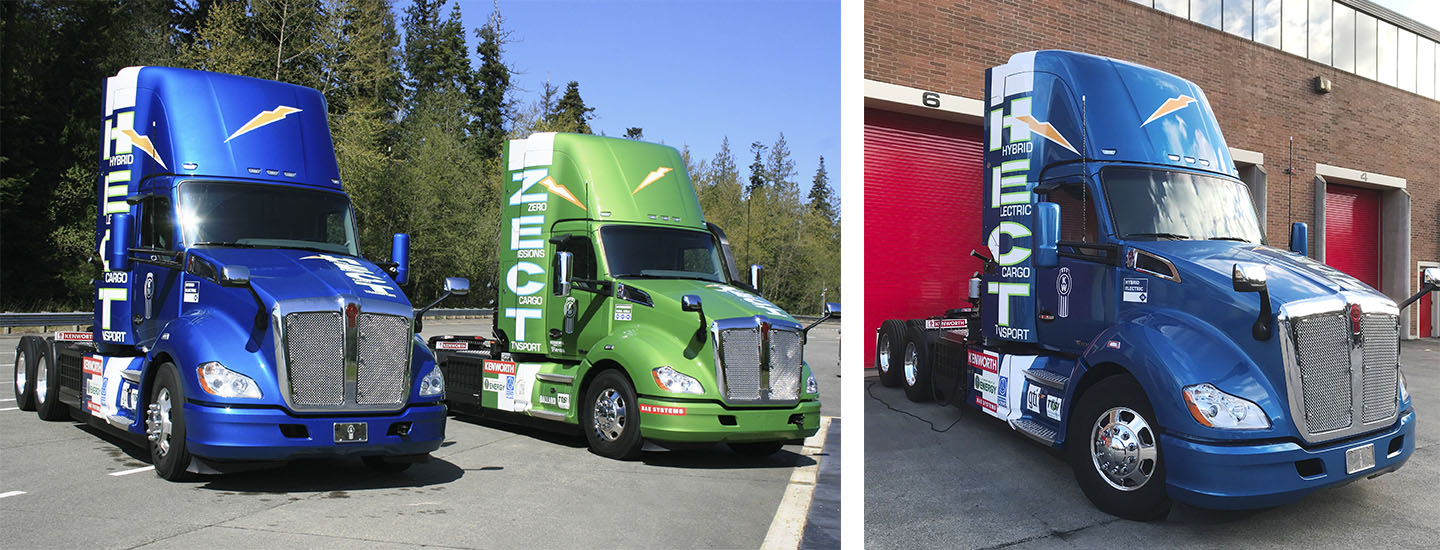August 12, 2018

The Buzz in the Air is Electric
While Chevy Volt and Tesla Model S and Model X series electric cars have become more commonplace on the roads, what about the big rigs? What’s the future with electric trucks? They’re coming too…but it will be several years as technology is tested, re-tested, and proven in fleet evaluations.
We’ve seen new startup players to the industry emerge. They join the engineering efforts from the traditional truck OEMs, including Kenworth and Peterbilt. One thing is for certain: those wanting a piece of the future pie with electric-powered vehicles are putting plenty of horsepower in new technology and engineering.
It’s exciting to see the continual evolution in powering vehicles, and no one can argue with the benefit of cleaner air. But, the emergence of electric vehicles will slowly enter our industry in Class 3-8. It won’t be all at once. There are simply too many variables within each fleet operation to make the technology transfer. What works for one fleet, won’t work for another.
Recently, the North American Council for Freight Efficiency published a comprehensive study about electric trucks and offered 10 arguments for, and 10 arguments against electric trucks. The main things looked at were weight issues, cost issues…and you can’t forget about recharging issues. It’s a good read and offers insight as to the potential of electric vehicles.
Find more info at: https://nacfe.org/future-technology/electric-trucks

Kenworth and Peterbilt have technology in place that was recently showcased at the Advanced Clean Transportation (ACT) Expo in Long Beach. It was a great show. Peterbilt had its all-electric Model 579 day cab tractor on display. It’s a truck that was designed for drayage applications and went into service at the Port of Long Beach after the show. It was one of twelve tractors built by Peterbilt in collaboration with Transpower, the California Air Resources Board, and the Port of Long Beach. You might be surprised, but the electric Peterbilt is powerful -- it produces up to 490 horsepower, has up to a 200-mile range, recharges in less than five hours and has a battery storage capacity of 350-440 Kwh.

Meanwhile, Kenworth had two electric trucks on display. The T680 ZECT tractor (ZECT standing for Zero Emission Cargo Transport) uses a hydrogen fuel cell that combines compressed hydrogen gas and air to produce electricity, with only water vapor emitted at the exhaust pipe. It’s powerful, running at close to 565 horsepower with more than 1,850 lbs.-ft. of torque. Its range is upwards of 150 miles. How does it work? The electrical energy powers the dual-rotor electric motor to move the truck, or recharge the lithium-ion batteries for use later. The electric drive system manages the power from the fuel cell to and from the batteries, as well as the traction motors and other components, such as the electrified power steering and brake air compressor.

Kenworth also showcased the T680 HECT tractor, which incorporates a parallel hybrid-electric propulsion system that uses the Cummins Westport ISL G Near Zero (NZ) emission engine fueled by compressed natural gas (CNG), in combination with a generator to extend the truck’s battery range. The truck has a 30-mile zero emissions range using electricity stored in the onboard lithium-ion batteries. When the batteries are depleted, the near-zero emission engine turns on to generate more energy and extend the truck’s range up to 250 miles.
Both the T680 HECT and T680 ZECT projects were funded in part by the Office of Energy Efficiency and Renewable Energy (EERE), the U.S. Department of Energy and the South Coast Air Quality Management District.
The evolution of electric trucks will continue to make strides forward. After all, it wasn’t that long ago there was speculation about the practicality of electric cars; and today electric cars are commonplace. Perhaps one day trucks might be too.
